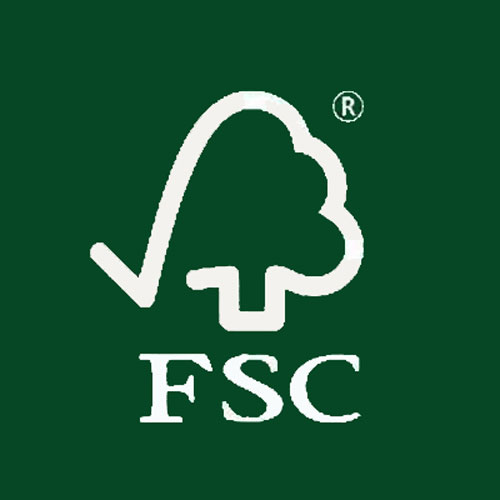
Over the past decades, deforestation, the destruction of tropical and other primitive forests, and the unsustainable management of the vast majority of the world’s forests have led to the need to set up global forest certification bodies for proper management, promoting the idea of implementing the principles of sustainable forest management.
The two most basic ones are F.S.C. (Forest Stewardship Council, www.fsc.org) and P.E.F.C. (Program for the Promotion of Forest Certification, www.pefc.org).
At the same time, however, individual states or groups of countries at regional level not only follow the instructions of the above organizations but also have signed international conventions obliging them to preserve biodiversity or prohibit the marketing of endangered species of flora and fauna etc.
The felling of forests nowadays is unwise. The regulations applied are very strict, and penalties for those who illegally harvest or trade illegal timber are large.
The wooden products produced today come from certified-legally harvested timber from sustainable forests.
This means that the wood comes from forests where trees re-grow with itself, or more often than with a higher frequency than they are cut.
Thus, today, in dozens of countries, there are millions of acres of certified woodland according to the standards of P.E.F.C. or the F.S.C. producing millions of cubic certified timber traded on the world market. According to 2005 figures, the certified forest exceeds 1,570,000,000 acres worldwide.
In conclusion, one can conclude that using wooden products, we help forest growth and we do not contribute to their destruction.
Logos of organizations that certify the proper management of forest timber.

Source: xylinokoufoma.pdf
